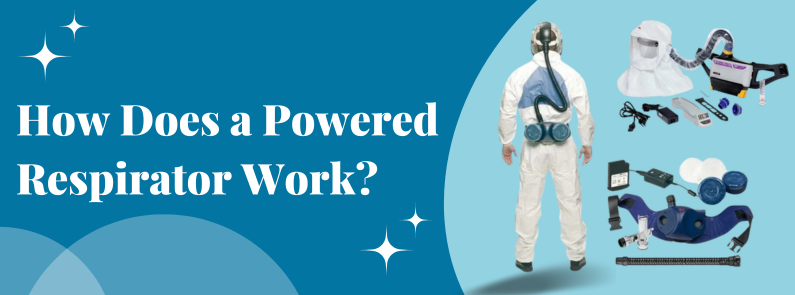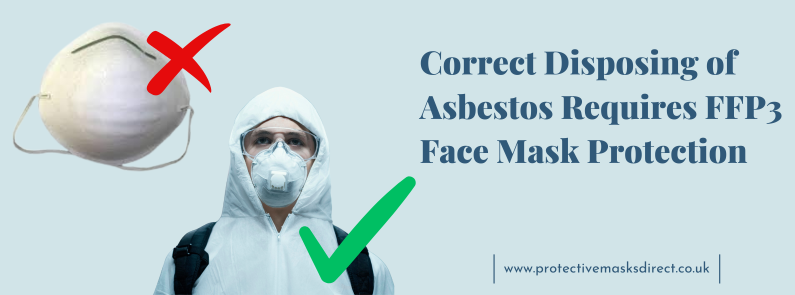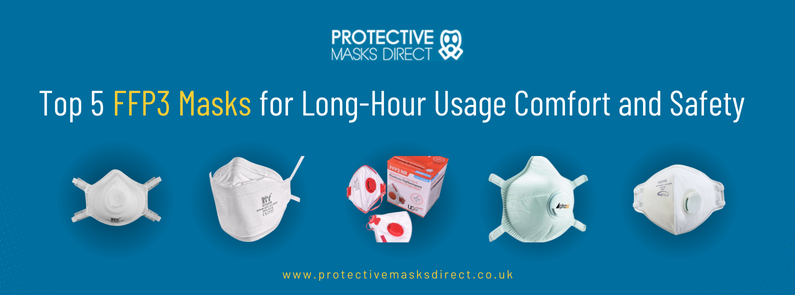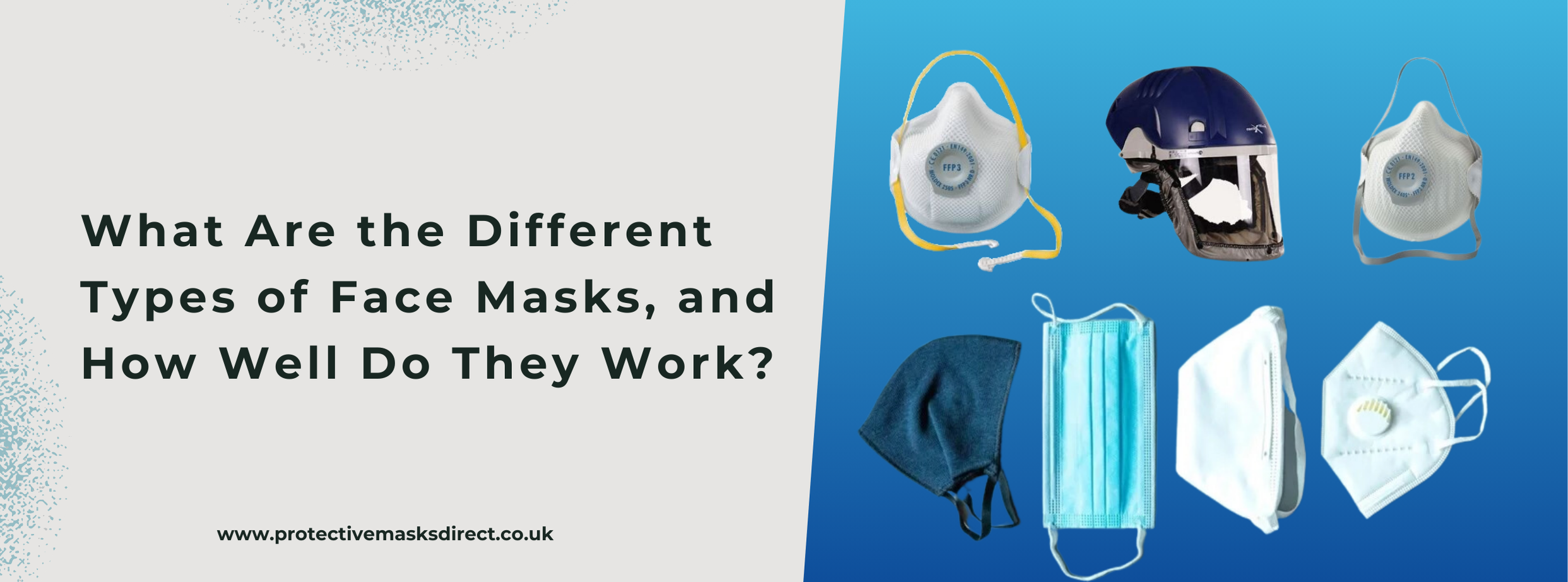
Key Takeaway:
Powered respirators provide superior protection in polluted environments by using battery-powered blowers to deliver filtered air, ensuring safety from harmful particulates like asbestos and chemicals.
Working in polluted environments with harmful particulates exposes you to materials that can be extremely dangerous if inhaled. Contaminants like asbestos, silica, dust, and chemicals can lead to long-term respiratory issues and diseases. Most standard masks and basic respirators don’t provide adequate protection. That's why more workplaces are requiring employees to use advanced safety gear like powered respirators.
A powered respirator isn't just a mask; it's a sophisticated blend of technology and safety designed to offer superior protection against pollutants, dust, and harmful airborne particles. Let’s explore how powered respirators work and how to choose the best system for your needs.
What Are Powered Respirators?
Powered respirators, sometimes called PAPRs or power air-purifying respirators, are an essential category of personal protective equipment designed to prevent the inhalation of hazardous airborne particulates. Unlike basic disposable dust masks, which only filter larger particles, true respirators utilise a blower to force incoming air through specialised filters before you inhale it.
This continuous airflow flushes contaminants away from the breathing zone while ensuring only pure; filtered air enters your lungs - providing maximum safety. Powered options provide further advantages over passive air-purifying respirators, which rely solely on lung power to draw air through the purifying element. The constant airflow makes breathing easier and cooler while working.
Understanding Key Components of Powered Respirators
All PAPR systems consist of three main parts - the battery-powered blower, protective headgear, and high-efficiency filters:
- Blower: Draws ambient air and forces it through filters before pumping clean air to the mask/headgear. Cordless battery-powered options allow free movement.
- Headgear: Facepieces like masks or hoods that distribute filtered air directly to the breathing zone. It should have minimal air leaks.
- Filters: Remove specific air contaminants before they can be inhaled, depending on workplace hazards. The blower housing also filters air before it even reaches cartridge filters.
Top Powered Respirator Recommendations
Whenever the safety experts talk about Sundstrom SR100-powered respirators, they hail them for being greatly comfortable, productive and protected. What sets these respirators apart from the competition is the fact that they are equipped with a modern air filtering system that captures all sorts of pollutants ranging from dust to dangerous toxic gases. With a powerful fan, the SR500 continuously delivers filtered air so that one can breathe comfortably even in demanding situations.
Moreover, it has an ergonomic shape and adjustable parts, which provide unprecedented comfort and are hence, suitable for prolonged use without causing any pain or discomfort. The durability and reliability of Sundstrom SR100 also contribute to its high regard among professionals. This product has been made to operate under harsh conditions hence, it will be able to serve you for ages without breaking down or causing any accidents.
Lastly, Sundstrom SR100 is compatible with different types of face masks as well as other protective apparel, thereby making it a versatile choice in different industries.
Choosing the Right Powered Respirator
With the rise of new safety regulations in hazardous worksites, powered respirators are becoming mandatory in jobs like construction, mining, manufacturing, cleanup, agriculture and more. However, there are significant differences between models that impact protection levels. Use this buyer's guide when selecting your PAPR:
Application: Will you wear it for long periods or short tasks? Does it need to integrate with protective clothing?
Hazard: Ensure the respirator handles contaminants present. Select filters that specifically capture chemicals, gases, particulates (dust, mists, fumes), or combinations in your environment. The SR100 takes 30+ interchangeable filters.
Facepiece Type: Masks, half or full facepieces, and hoods each have tradeoffs for visibility, mobility, speech, and neck strain. Hoods offer the best protection and visibility.
Battery Life: Long runtimes prevent workflow interruptions. SR100 batteries run for 12-20 hours per charge based on filters used.
Airflow Rate: Higher airflow inside facepieces reduces heat buildup, moisture, and breathing resistance when working. Look for 170+ liters per minute.
Vision: Masks obstruct peripheral vision, while hoods like Sundström's include large visors for unhindered sight.
Comfort and Fit: Tight-fitting gear with adjustable straps prevents contaminants from entering while allowing long-term wear without fatigue.
Certifications: Choose CE-rated intrinsic safety for hazardous environments with potentially explosive contaminants present.
Wrapping up
In hazardous industrial environments, powered respirators provide unmatched protection compared to disposable dust masks. Key advantages like constant high-volume filtered airflow, face/body coverage, long runtimes, and customisable filters make them essential equipment where exposure threats exist. No workplace should cut corners, given the acute and latent health consequences of airborne hazards.
Choosing the best Powered Respirator boils down to your needs. That being said, high-quality respirators can, quite literally, be a matter of life or death. Visit Protective Mask Direct for fast shipping on Sundström respirators and parts across the USA. Their respiratory safety experts provide personalised guidance on building the ideal OSHA-compliant system for your unique workplace hazards and requirements.
Stop risking your lung health and shop PAPRs at Protective Mask Direct today.




